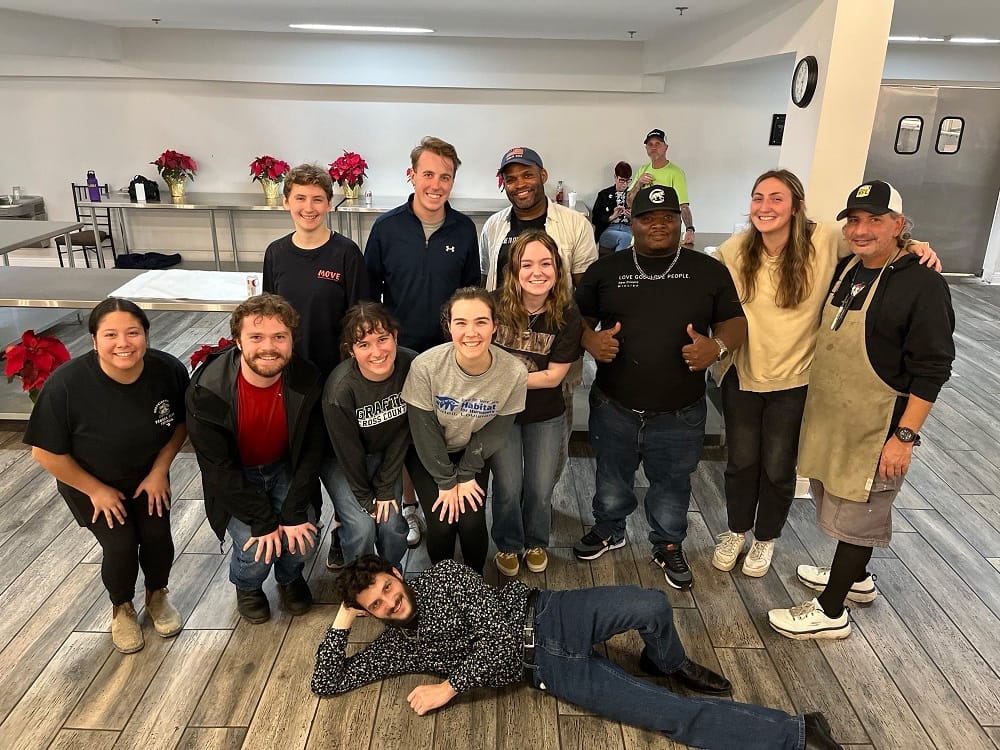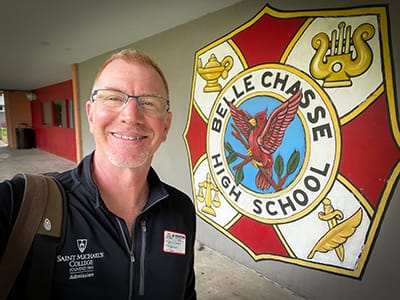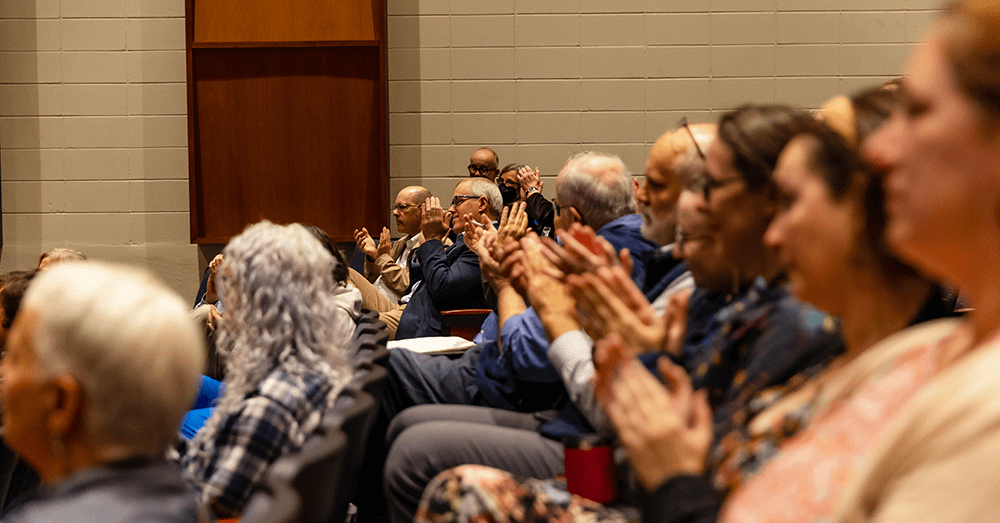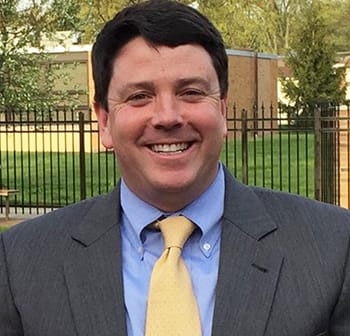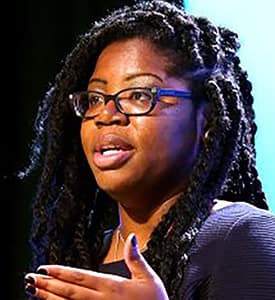Symposium a week to share, honor scholarship and growth
Read some “snapshots” of the breadth of offerings from Saint Michael’s College’s Academic Symposium 2016:
- Academic-presentations
- An “Experiential Showcase” on Thursday
- Saturday’s poster session component in the Dion Family Student Center.
After fine arts musical performances Monday and Tuesday, activity ramped up with the traditional first major assembly of presentations:
Wednesday afternoon, Dion Student Center
Media Studies , Journalism & Digital Arts Senior Projects Exhibit:
Susan Shigo ’16 of Shelton, CT, has been going to camp since she was 6 and worked at one for the last four years “so they have a big place in my heart,” she said of her book project “Cabin Fever: a behind the scenes look at American Summer Camps.” She was surprised to learn that summer camp experiences are centralized in the U.S. and Canada and have not expanded to other nations of the world.
Professor Kimberly Sultze stopped to admire Paige Leahy’s book “Let There be Darkness,” comprehensively exploring the problem of light pollution as it impacts the environment, animals, humans and biorhythms, with a section even about artists inspired by literal darkness. Sultze said besides books and websites, this year MJD students also produced eight documentary films, most by partners or groups. One was by Kathryn Miyahara of San Mateo, CA, who has a double major in Spanish, and Paul Detzer of White River Junction, VT. Their film explored s how “people use the internet and social media to express grief and connect, almost, with the dead, sharing memories,” explained Kathryn. The duo collected personal stories and found that younger generations are more comfortable sharing grief online, across the world’s cultures. “it’s more a generational shift than a cultural shift, we found,” Kathryn said.
Bridget Conway of Bethel, CT built her book from an internship experience in South Africa working for an environmental social enterprise. Seeing some issues that nonprofits struggle with there, she thought the topic would be worth exploring further once back in the U.S. She used “statistical story-telling” as her approach: “It’s something I learned through my experiences with these organizations, using data and results-based analysis to attach to a story that tugs on your heart strings.” She admits, “I started with big ignorance toward nonprofits — I thought they were struggling — but found this is really a thriving and resilient sector. They are adaptable and will be around a while.”
Ryder Schumacher of South Berwick, ME, Ben DiNardo of Bedford, NH, and Kristian Nammack of Stamford, CT, were another team of film producers, reporting on aging population trends in New England states, and the most effective ways that some communities have found to attract youth: namely, through community, culture and the arts. They were surprised by how powerful arts are in a community setting to bring people together and attract a youthful demographic. Among sites they studied were the Moran Plant in downtown Burlington, a music hall in Manchester, NH, and another site in Maine. All would love to find work in media production, based on their experience, and they feel well-prepared by their program to find a job after graduation.
MJD Professor Jon Hyde said what jumped out at him this year is “the massive diversity of project ideas we had among close to 50 students, one of our largest groups ever.” Among them – nearly 10 film projects, about 20 books and 7 or 8 websites. Work starts in the fall and continues to April, Hyde said. The biggest challenge, most realize early on,” is finding a topic that hasn’t been done, that’s innovative and can attract a national or international audience.” That might involve finding a narrow subtopic within a broader topic already covered, and includes much give and take between students and faculty advisers. Applying skills from class, students typically interview 30 to 40 people for each project.
Dory Robins of Montpelier, VT, created a website exploring issues and experiences of Chinese adoptees who have grown up in white families – which has been her own personal experience. Some she interviewed feel fully and only American culturally, with no deep-felt connection to China and no interest in making one, she said; but others felt a strong connection, mirroring her own experience: Dory learned Chinese in high school and at Saint Michael’s, and already has visited China three times. “For study-abroad, I spent my summer with a host family, working on the fluency in Mandarin that I hope to achieve,” she said. It’s helped her with some interactions with Chinese students at Saint Michael’s, one of whom tutored her in Chinese.
Appearing to have a lot of fun with their project were Connor Vandagriff and Sean Faust, two southern Californians who did a documentary film on classic cars and their collectors. “We talked to a wide variety of people from the West Coast to the East Coast, spending a lot of time in California interviewing racers, mechanics, collectors,” Sean said. Connor got to drive Ferrari; but his dream car is a Porsche 917K while Sean’s is a Shelby Cobra – he got to see chassis No. 1 of that model in Beverly Hills, and dreams of building a kit-car look-alike Cobra. Both would like to work on their automotive skills after this project. They attended rival Catholic high schools in southern California and heard of Saint Michael’s independently through friends of family friends and school connections, and have no regrets about coming. They planned to screen the film in McCarthy Arts Center before summer break; booking screenings was part of the assignment for film groups, Professor Hyde said.
Maya Richmond of Hiram, ME, came back from study abroad in Italy last year, felt out of shape from too much pasta, and “mentally defeated.” So at a friend’s recommendation, she took up bodybuilding , and that world has become a centerpiece of her life. For the past year it has been her senior MJD project in the form of a web documentary that she titled “Pumping Irony: An Updated Exploration of Female Bodybuilding.” Maya’s research included traveling to an enormous bodybuilding event in Ohio attended by 18,000 athletes, where she used her photojournalism and digital media skills from St. Mike’s classes to gather images and impressions. “They prepare us well to make these projects in the most multidimensional-media way possible, “ said Maya, whose comprehensive website covered the physical, emotional, economic and other facets of the sport. “I explored bodybuilding stereotypes and showed how not all bodybuilding journeys are the same,” she said. Maya does not compete in the sport, but identifies as a “lifestyle bodybuilder.” Laurence Clerfeuille, Maya’s French professor (the MJD major has a French minor), talked with her about the student’s work and hopes to teach English in France – which has bodybuilders too, the professor said.
Sarah Haselton of South Burlington, VT turned her chief hobby interest into a book for her senior MJD project. “I’ve been into quilting since I was 14 and it runs in my family” she said, introducing the aunt who got her started. That quilting aunt had come with Sarah’s parents to support her. Her book covered quilting history, social practices and changing trends. “A lot of people think it’s for old women and don’t know about the diversity in it,” said Sarah, whose book contains interviews with men and younger quilters too, along with many women, all producing a diversity of styles. “It’s something I can do the rest of my life, and I want to keep going with it,” she said. Her beaming dad offered his take: “I think she’s awesome, very talented, and I’m very proud of her,” he said. Sarah’s mom says she doesn’t quilt – “I can barely sew socks” — yet she stayed up two nights to read Sarah’s book. “I found the stories interesting, and was so impressed with the research. Sarah is shy and would rather hide under the bed than interview somebody, so I was surprised and very proud,” Mom said. Saint Mike’s, she said, “has been a great experience – the smaller classes were the best thing for her, since in a big class, as a really quiet person, she’d get lost.” Sarah wants to stay in the area after graduating and continue to write, possibly for a job.
Leah Valletta of Clinton, CT, always has been interested in spiritual matters, since her childhood attending a UCC church with her family; so she directed that interest into her project exploring alternative spiritual communities in a book. Former Dean and present Religious Studies Professor Jeff Trumbower stopped to ask her about it. She told him how those she met with included “a Mountain Druid order” that builds stone circles. Like other groups from her study, she said, they seemed to be “trying to reclaim a past that people feel has been taken from them, often borrowing from Celtic, Native American or Eastern religions.” She learned a lot about symbols and rituals, she said, and was influenced by reading a book recommended by a high school teacher. The experience made her think more seriously of writing or reporting as a career.
More symposium coverage:
Experience proves the mother of narration, learning
